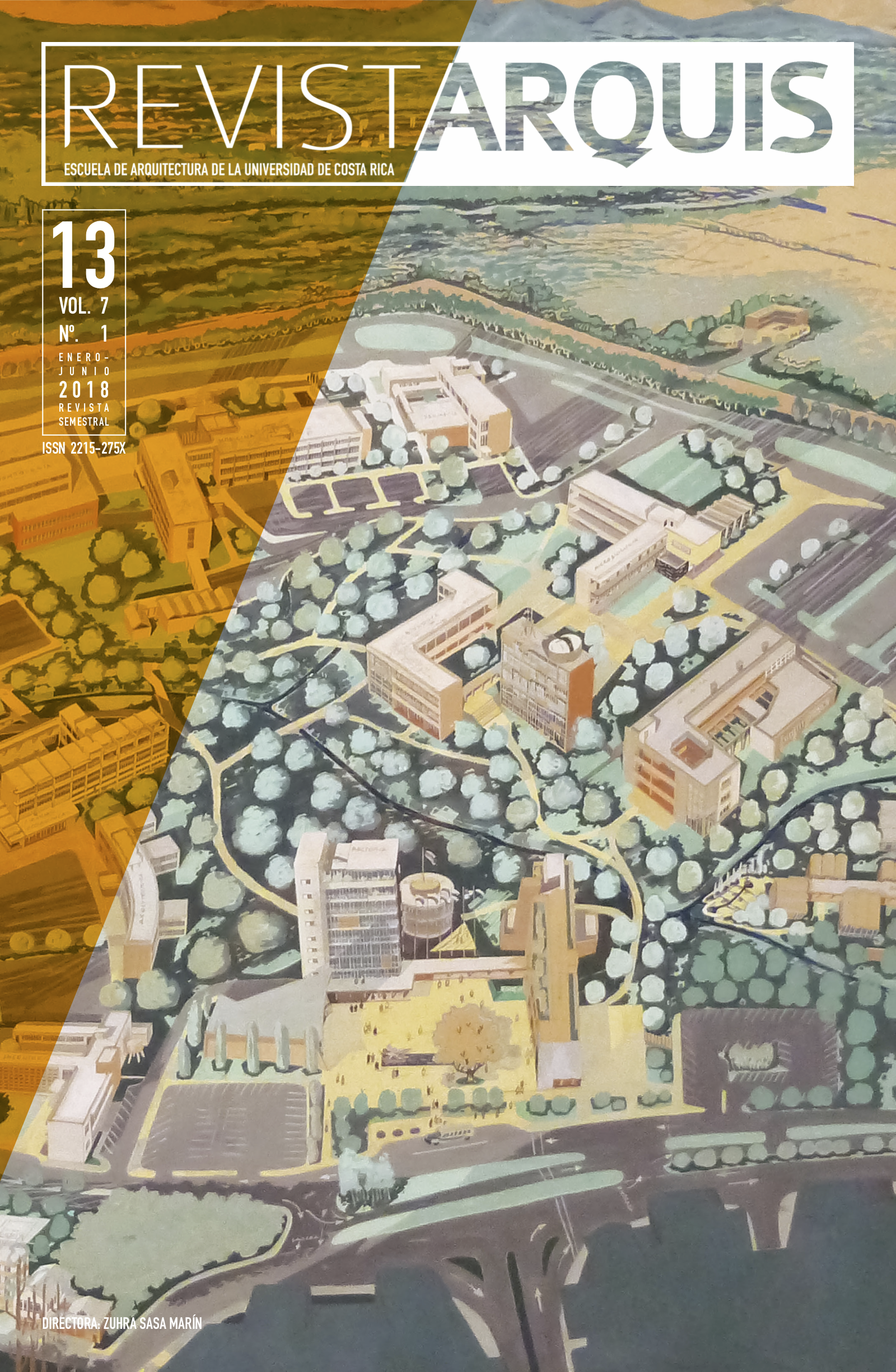Abstract
The investigation this article is founded on is based on the study of the manners of living in boundary areas under the influence of landscape transformations. This was done aiming to identify the systemic feasibility of a space of rural-urban transition, using a conceptual relational model as a methodological tool that would allow to clarify the complexity of the situation. With such an implementation, it is meant to identify, in a direct and effective manner, the alternative opportunities of intervention in this kind of environment, promoting the creation of sustainable boundary areas. Because of this, the Quiba-Arborizadora Alta, in Ciudad Bolívar, Bogotá, Colombia, will be described as a particular context of occupation and use of the territory, where, with the use of a semi-quantified conceptual dynamic model, the relationships established everyday in this edge territory were identified. With this model, it was possible to point out the possible tendency of this complex landscape against induced changes, which allowed to distinguish the actions that would favor substantial changes for the creation of sustainable boundary areas in big urban centers, like Ciudad de Bogotá.

